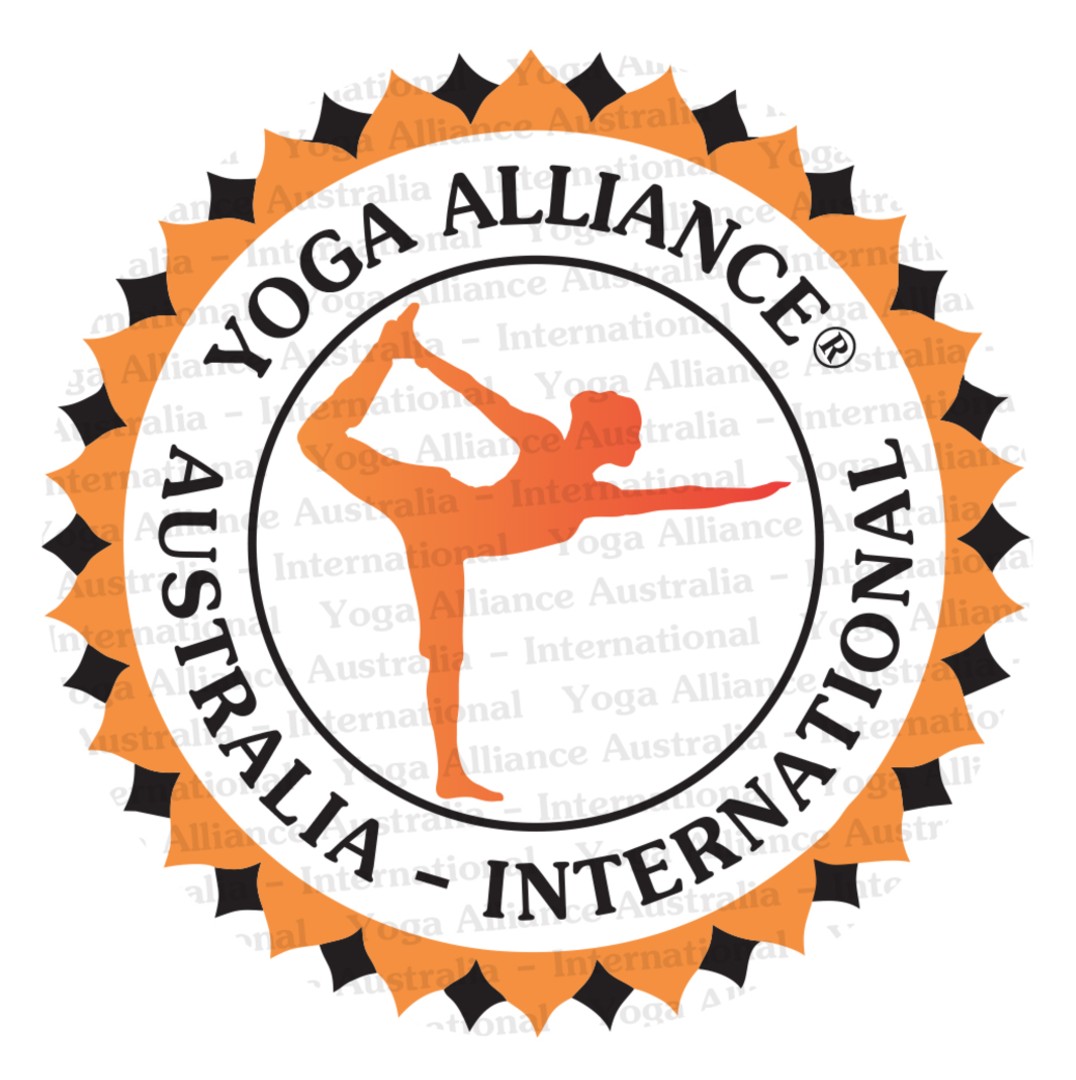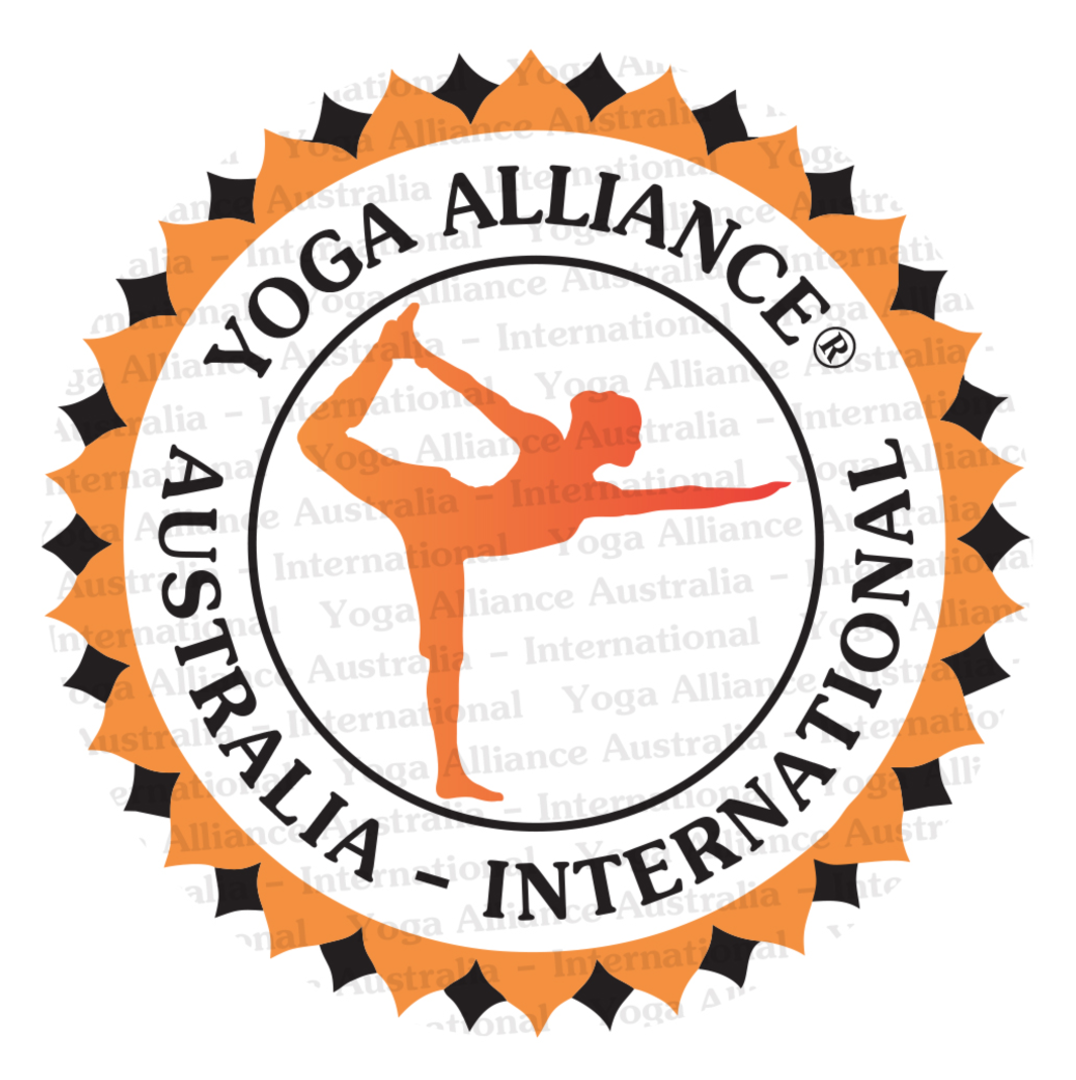200HR ONLINE TEACHER TRAINING

Start your 200hr Online Training
with Bianca Machliss & Simon Borg Olivier
As qualified Physiotherapists and highly skilled and trained Yogis, Bianca Machliss and Simon Borg Olivier have been training teachers for over 30 years.
If you are considering Yoga Teacher Training as a way to share your unique passion for the teachings of yoga, a path to personal transformation, a way to take your practice to the next level and improve your own health and physical flexibility, Welcome to Yoga Synergy training. You are in safe hands.
We offer a fully accredited, proven program you can leverage to immediately be able to run a class that already works! Join the Online Yoga Teacher Training for in-depth education and practical training in the Yoga Synergy method - all from the comfort of your own home.
The Yoga Synergy method can be applied to all styles of yoga AND integrates traditional yoga for the modern body. Our Yoga Teacher Training courses offer in-depth training in Techniques of Yoga, Teaching Methodology, Anatomy and Physiology, Philosophy, Ethics, & Lifestyle, Group Practicum and Presentation Skills.
Once you sign up, you have 6 months access to all materials, to complete your course. We have 3 payment methods:
- Up front (cheapest) AUD$1997 (~ USD$1344, €1207)
- 4 instalments (AUD$525 x 4) = AUD$2100 (~ USD$1413, €1269)
- 6 instalments (AUD$400 x 6) = AUD$2400 (~USD$1615, €1451)
Should you require more time to complete your studies once your initial 6 months access has expired, you can purchase an extra 6 months access for AUD$197 (~ USD$133, €119)
After doing this training you can also then come along to a live training or retreat and convert your Yoga Synergy 200h certificate into a Yoga Synergy 300h certificate. A cost-effective and time-efficient way of achieving your goals.
Learn how to share your unique passion for the teachings and benefits of Yoga with your own students.
Use our proven teaching program to run classes that work!
-
- Learn a scientifically based method for practicing Yoga and for Yoga teacher training called the ‘Yoga Synergy Method’. Certified with Yoga Alliance International
- Develop a virtual community and form invaluable relationships with fellow students from all round the world
- Enjoy the flexibility of a structure that allows you to work at your own pace in the comfort of your own environment - finish as quick as you like or take the year to complete
-
Comprehensive Yoga Education, access to most of the material forever, and 6 month access to online courses, zoom lectures & tutorials
- Flexible Payment Options - Pay up front (most cost effective) or, over 4 or 6 months
"I am enjoying this course so much… Although it was motivated by covid… This online course was a blessing because I cannot still go to Italy or Bali to do it because of my young daughter!" Natacha Martins
ONLINE TEACHING
200 HOURS TRAINING
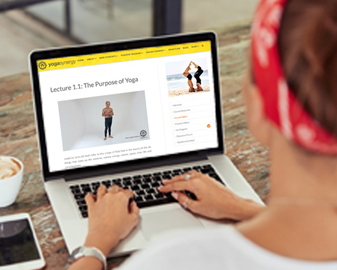
ONLINE COURSES FOR 24/7 ACCESS
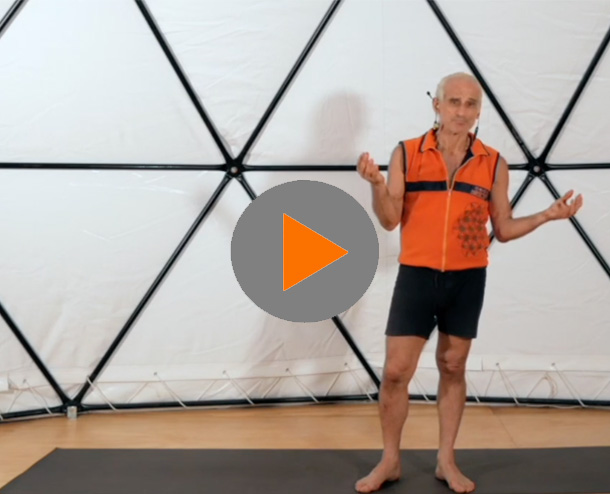
TEACHER TRAINING LECTURES & MONTHLY ZOOM TUTORIALS
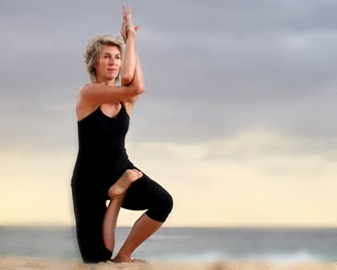
ONLINE HUB FOR RESOURCES & PRACTICES
Start your Yoga teaching journey with 3 of our highly acclaimed online courses.
As soon as you enrol in the Teacher Training you gain access to:
- Advanced Yoga Fundamentals
- Applied Anatomy and Physiology of Yoga
- Asana - Biomechanics of 84 Postures
ALSO INCLUDED:
6 months unlimited access to our Online Classes Platform for your daily practice sessions.
WHAT OTHERS SAY
Join both highly experienced Yoga Teachers and qualified Physiotherapists Bianca and Simon for:
- Zoom tutorials every month alternating with Bianca & Simon, as well as access to all previously recorded tutorials.
- 102 hours of recorded Teacher Training Lectures
Course resources, videos, text books all in one place.
Your Teacher Trainee Online Hub includes:
- Yoga Synergy Teacher Training manual
- 5 Elements video series
- Spinal Movements video
- Beginner Basics video
- Applied Anatomy & Physiology Ebook Text book
- Yoga Fundamentals online course downloadable set
- Anatomy & Physiology online course downloadable set
- ASANA: Biomechanics of 84 postures online course downloadable set
- 8 week Teaching Program over 3 different levels downloadable for you to use when you start teaching.

Simon Olivier speaks in depth about the Yoga Synergy Online Teacher Training (20 min talk)
About the Teachers

Bianca Machliss BSc BAppSc (Physiotherapy) is a co-founder and owner of Yoga Synergy and has over 27 years experience teaching yoga, managing a studio and creating a community. She is a registered physiotherapist, research scientist and ACHPER graduate.
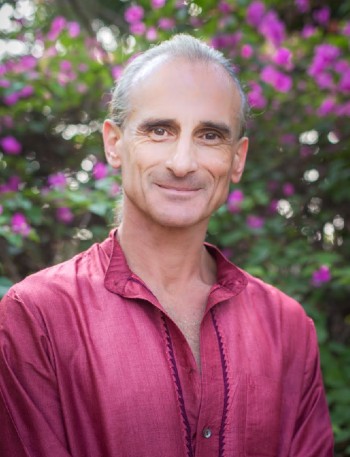
Simon Borg-Olivier MSc BAppSc (Physiotherapy) is a co-founder and owner of Yoga Synergy. Simon has been teaching yoga since 1982. He is a registered physiotherapist, research scientist and a university lecturer. He teaches classes and workshops in Australia and around the world.
WHAT OUR STUDENTS SAY
FAQ's
MORE INFO
Our Philosophy
Yoga Synergy is a comprehensive method for practicing and teaching traditional yoga for the modern body. The practice of yoga brings awareness to the self and awakens the heart and soul of the individual. The more we practice yoga, the more we awaken and are able to guide others in this process of realizing our incredible human vitality. Practice is the key, and at Yoga Synergy we use methods to make the practice safe, responsive, dynamic, meditative and fun so that it is becomes a lifetime practice, enhancing and bringing joy to all aspects of life.
The Yoga Synergy Method
Bianca Machliss and Simon Borg Olivier, both advanced yoga practitioners, experienced teachers and physiotherapists, have spent 30 years developing a scientifically based method for practicing Yoga and for Yoga teacher training called the ‘Yoga Synergy Method’. This method offers a yoga practice that is accessible to all, easy to understand and to teach. At the same time it is a challenging practice that develops strength, flexibility, fitness, internal health and a meditative flow.
The Yoga Synergy method will:
- increase flexibility without painful stretching
- build strength without stressful muscle tension
- increase circulation without increasing heart rate
- bring more oxygen to your cells without breathing more than normal
- bring intelligence to your cells without needing to have to think
After more than a decade of learning directly from yoga masters such as Sri B.K.S. Iyengar, Sri K. Pattabhi Jois and Sri T.V.K. Desikarchar in the 1980’s and 1990’s, Simon and Bianca returned to Sydney University to complete degrees in Physiotherapy (Physical Therapy) in 1993, to learn more about the human body for the benefit of their yoga practice and teaching. Their deep understanding of anatomy and physiology of yoga is applied in the Yoga Synergy Yoga teacher training method. This practical method aims to prevent and assist in recovery of, the many musculoskeletal injuries and medical conditions that occur as a result of modern yoga and exercise practice.
STEP ONE
If you're interested in a live Teacher Training sometime in the future, or even just not quite ready to enrol in the full online Teacher Training, then we encouraging students to take the first step and start studying the online course Advanced Yoga Fundamentals
The course is always part of our Teacher Trainings and accounts for 20 hours non-contact in the 200h training.
Start today, complete your 20 hours online, and whatever amount (AUD$) you've paid, will be deducted from your future training cost.
If you have done our 200h Online Training you will be eligible to join our 300h Live Training, or convert your 200h training with us into a 300h training by attending an additional live 100h in either Italy, Bali or India.
WE SUPPORT OUR CERTIFIED TEACHERS
Once you are qualified, Yoga Synergy offers ongoing support, promotion and further training for your teaching career.
Marketing Support
Teachers will be promoted on the Yoga Synergy teacher directory as an authorized (certified) teacher of the Yoga Synergy style with links to their own websites and Facebook pages. We will regularly spotlight our Teachers on the website.
Earn Affiliate Revenue via Referrals
You will be invited to partake in the affiliate marketing program for our online courses. Generous commissions paid.
Host Workshops
Be invited to host workshops led by Simon Borg Olivier and Bianca Machliss at their studios
See the current Teachers Directory here.
VISIT OUR ONLINE SHOP
You'll find everything you need to kick-start or deepen your yoga practice: videos, online yoga courses, and ebooks. BROWSE NOW

